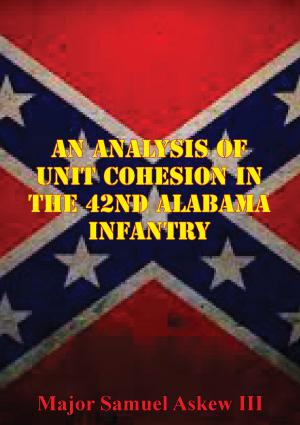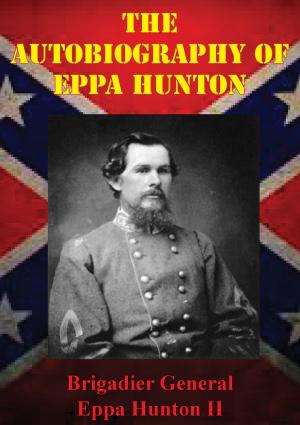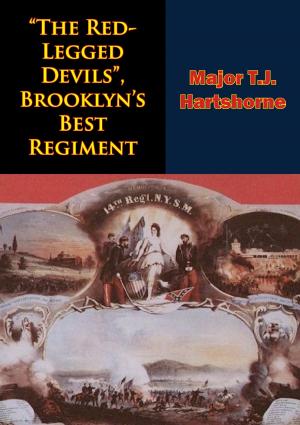“First With The Most” Forrest
Nonfiction, History, Modern, 19th Century, Americas, United States, Civil War Period (1850-1877), Military| Author: | Robert Selph Henry | ISBN: | 9781786257772 |
| Publisher: | Golden Springs Publishing | Publication: | January 18, 2016 |
| Imprint: | Golden Springs Publishing | Language: | English |
| Author: | Robert Selph Henry |
| ISBN: | 9781786257772 |
| Publisher: | Golden Springs Publishing |
| Publication: | January 18, 2016 |
| Imprint: | Golden Springs Publishing |
| Language: | English |
Nathan Bedford Forrest did not invent mobilized guerilla warfare, but he did modernize and polish it to an extent that has left few theoretical areas for improvement. Tanks and jeeps, it could even be said, do not possess the mobility relative to the main force which they attach that Forrest’s dedicated band of horsemen enjoyed. Following in the footsteps of Francis Marion and Lighthorse Harry Lee, American practitioners of the devastating hit-and-run cavalry attach of the Revolutionary War, Forrest raised their effective but geographically limited campaigns to an art-form spread over the widest possible tactical theatre. He accomplished this with superior knowledge of terrain and of horses coupled and with an iron will, a complete disregard for physical exhaustion (his own and that of his men) and, this book will demonstrate, by the most admirable sort of sheer country orneriness.
Forrest, a man of simple upbringing, is the perfect symbol for the odd mélange that was the Confederate Army; patrician West Pointers like Lee side by side by unregenerate racists like Forrest. These well-bred students of battles and from the classical era were not prevented by an almost unimaginable difference in class from being able to recognize the tactical genius of a farmer from the low country...
That any scholar of this history of warfare would have to judge Forrest rather more harshly for his conduct after the war than this conduct during it is just another tragic aspect of the larger tragedy that generated The War Between the States. Heroes rose from unlikely places and returned, when the time for heroism had past, to their more unheroic pursuits. Whether than return negates the valor shown during the conflict is only for you to determine, after you have learned of Forrest’s life in all its aspects, heroic, and less so.
Nathan Bedford Forrest did not invent mobilized guerilla warfare, but he did modernize and polish it to an extent that has left few theoretical areas for improvement. Tanks and jeeps, it could even be said, do not possess the mobility relative to the main force which they attach that Forrest’s dedicated band of horsemen enjoyed. Following in the footsteps of Francis Marion and Lighthorse Harry Lee, American practitioners of the devastating hit-and-run cavalry attach of the Revolutionary War, Forrest raised their effective but geographically limited campaigns to an art-form spread over the widest possible tactical theatre. He accomplished this with superior knowledge of terrain and of horses coupled and with an iron will, a complete disregard for physical exhaustion (his own and that of his men) and, this book will demonstrate, by the most admirable sort of sheer country orneriness.
Forrest, a man of simple upbringing, is the perfect symbol for the odd mélange that was the Confederate Army; patrician West Pointers like Lee side by side by unregenerate racists like Forrest. These well-bred students of battles and from the classical era were not prevented by an almost unimaginable difference in class from being able to recognize the tactical genius of a farmer from the low country...
That any scholar of this history of warfare would have to judge Forrest rather more harshly for his conduct after the war than this conduct during it is just another tragic aspect of the larger tragedy that generated The War Between the States. Heroes rose from unlikely places and returned, when the time for heroism had past, to their more unheroic pursuits. Whether than return negates the valor shown during the conflict is only for you to determine, after you have learned of Forrest’s life in all its aspects, heroic, and less so.

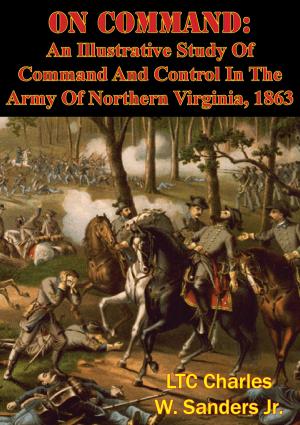
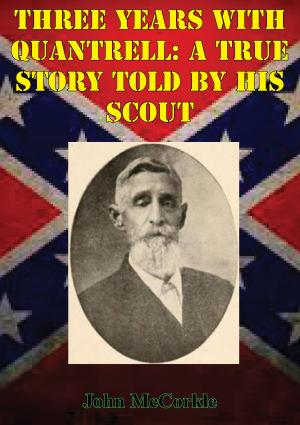
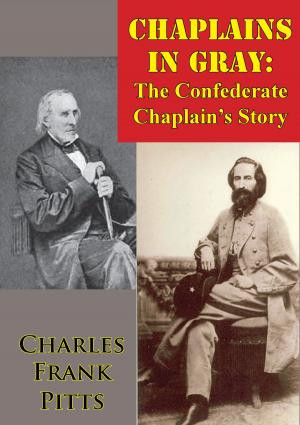
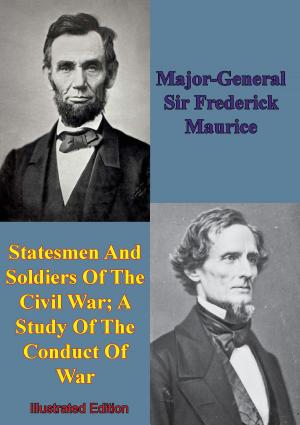


![Cover of the book The Battle of Gettysburg [Illustrated Edition] by Robert Selph Henry](https://www.kuoky.com/images/2016/july/300x300/9781786259530-fW5O_300x.jpg)
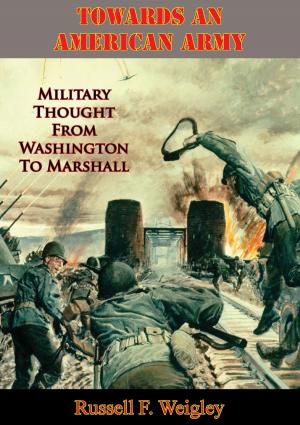
![Cover of the book The American War Of Sucession – 1863 [Illustrated Edition] by Robert Selph Henry](https://www.kuoky.com/images/2012/may/300x300/9781908902474-IteH_300x.jpg)

